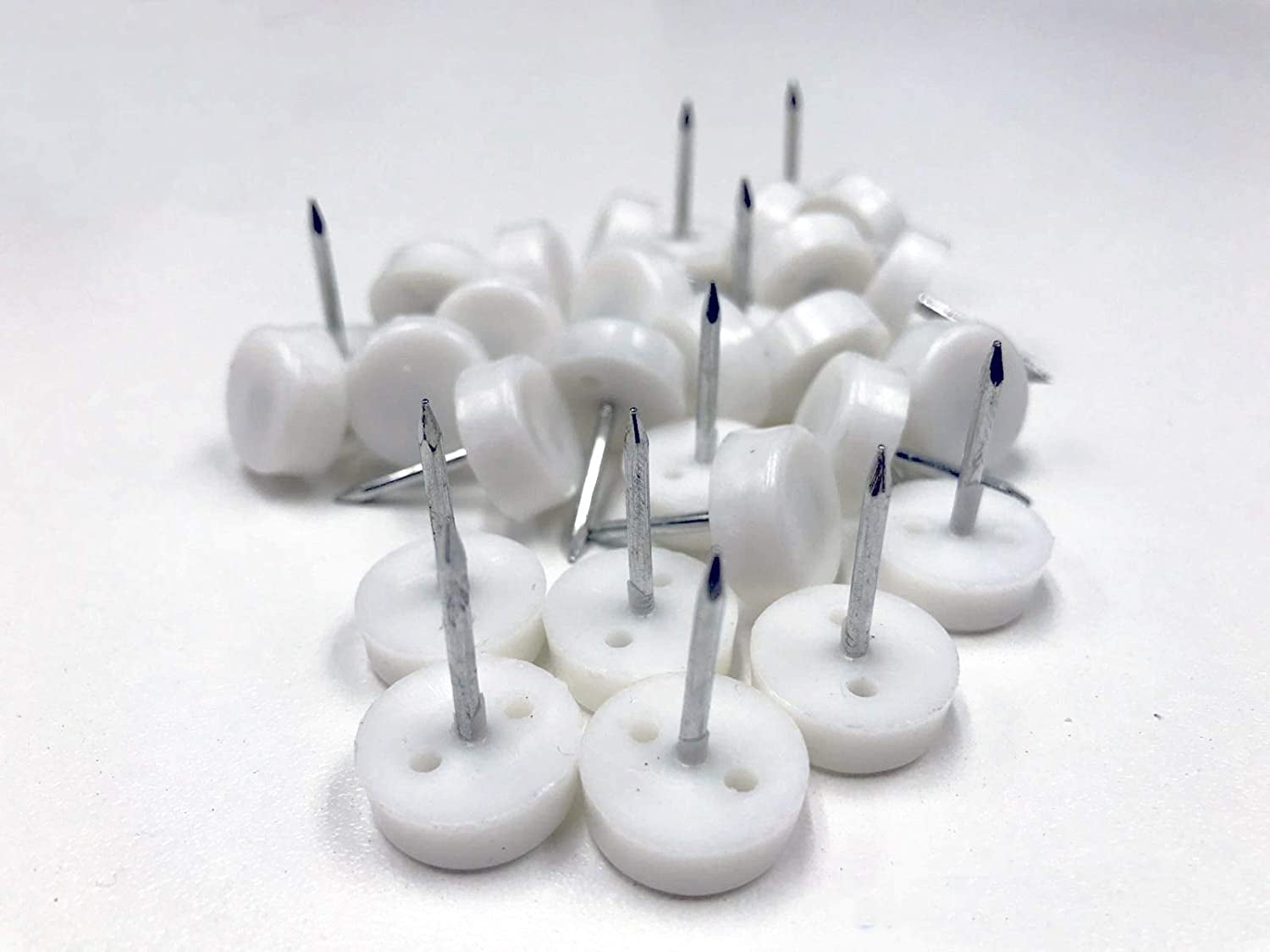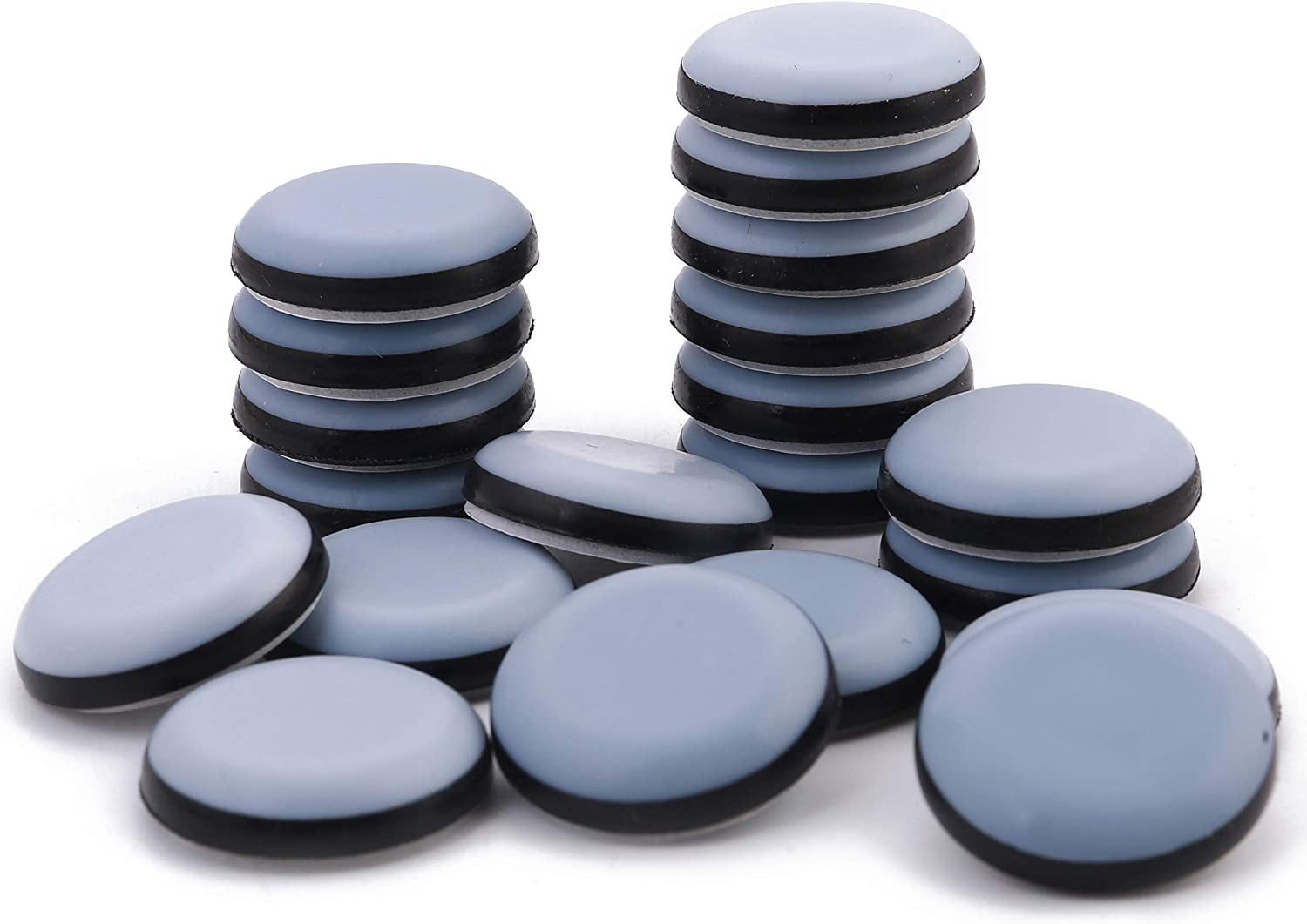Factors to Consider When Choosing Chair Glides: Best Chair Glides For Tile Floors

Choosing the right chair glides for your tile floors is *gila* important, eh? You don’t want your chairs scratching up your *rumah* like a bunch of *monyet* gone wild, right? Get it wrong, and you’ll be spending more time fixing your floors than actually *ngopi* with your friends. So, let’s get this right.
Best chair glides for tile floors – Picking the perfect chair glides involves considering a few *kunci* factors: the weight of your chair, the type of tile you have, and how often you’re moving that chair around. Think of it like choosing the right *sandal* – you wouldn’t wear flip-flops for a marathon, would you? Same principle applies here!
Chair Weight and Glide Capacity
This is pretty straightforward, *cuy*. Heavier chairs need sturdier glides. Imagine trying to use tiny glides on a massive, antique chair – *wah*, disaster waiting to happen! Check the weight capacity of the glides before you buy them. Most manufacturers will clearly state this on the packaging. For example, if your chair weighs 50kg, make sure the glides can handle at least that much, maybe even a little extra for safety. Don’t be a *pelit* and skimp on this; it’s better to be safe than sorry.
Tile Type and Surface Texture
Tile floors aren’t all created equal, *tau*. Some tiles are super smooth, while others have a more textured surface. Rougher tiles are more prone to scratching. For smooth tiles, you have more options, but for textured tiles, you’ll need glides that are designed to minimize friction and prevent damage. Think about it like this: Imagine sliding a rough piece of wood across a smooth surface versus a rough surface – the rough surface is more likely to get scratched, *iya kan*?
Frequency of Use, Best chair glides for tile floors
How often do you move your chair? If you’re constantly shifting your chair around, you’ll need glides that are durable and can withstand frequent use. If it’s a chair that rarely moves, you can probably get away with something a little less heavy-duty. It’s like choosing between a *motor* for daily commutes versus a weekend getaway – you need a different type of vehicle for different uses.
Measuring Chair Legs for Proper Glide Fit
Getting the right size glides is crucial, *bro*. Improperly sized glides won’t work properly and might even damage your chair or floor. Here’s a simple step-by-step guide:
- Measure the diameter of your chair leg: Use a ruler or measuring tape to carefully measure the diameter (width) of your chair leg at its widest point. Imagine you’re wrapping a string around the leg; the length of the string is the circumference. Divide that circumference by π (approximately 3.14) to get the diameter.
- Identify the glide type: Based on your measurement, choose the appropriate glide type. Glides usually come in various sizes, such as small, medium, large, and extra-large, often with specific diameter ranges indicated. You need to find a glide whose inner diameter is slightly smaller than your chair leg’s diameter. A snug fit is what you want.
- Consider the height of your glide: The height of the glide needs to be appropriate for your chair and floor. Too short, and the chair may wobble; too tall, and the glide might stick out too much. Look for glides with height specifications to ensure a proper fit. Measure from the bottom of the chair leg to the floor to get a better idea of the glide height you need.
- Test the fit: Before attaching all the glides, test the fit of one glide on a chair leg. Make sure it fits snugly and moves smoothly across your tile floor without wobbling or getting stuck. If it doesn’t fit properly, you might need to choose a different size or type of glide.
Installation and Maintenance of Chair Glides

Eh, so you’ve picked out your perfect chair glides, *mantap!* Now, let’s get those bad boys installed and keep ’em looking fly for ages. It’s easier than you think, even if you’re more *santai* than *rajin*. We’ll cover everything from getting rid of the old ones to keeping your new glides in tip-top shape.
Installing and maintaining your chair glides is crucial, *yah*. Proper installation ensures smooth sailing (or should we say, smooth gliding?), and regular maintenance extends their lifespan, saving you money and hassle in the long run. Think of it as giving your chairs a little TLC – they’ll thank you for it!
Removing Old Chair Glides
First things first, you gotta get rid of those old, worn-out glides. Depending on the type, this can be a breeze or a tiny bit of a struggle. But don’t worry, we’ll walk you through it.
- Self-adhesive glides: These are usually the easiest. Gently peel them off. If they’re stubborn, use a putty knife or a flat, plastic tool to carefully pry them up from the edge. A little heat from a hairdryer can help soften the adhesive.
- Screw-in glides: Unscrew them using a screwdriver that fits the screw head. If they’re really stuck, try using some penetrating oil to loosen them up first. Let it sit for a few minutes before attempting to remove them.
- Nail-in glides: These require a little more finesse. Use a hammer and nail puller to gently remove the nails. If the nail is bent, you might need to use pliers to grip and pull it out.
Installing New Chair Glides
Now for the fun part – installing your new, shiny glides! The process varies slightly depending on the type you’ve chosen, but it’s generally pretty straightforward.
- Self-adhesive glides: Clean the chair leg thoroughly with a degreaser to ensure a strong bond. Peel off the backing and firmly press the glide onto the chair leg, holding it in place for a few seconds. Make sure it’s centered and straight.
- Screw-in glides: Pre-drill a pilot hole (slightly smaller than the screw) to prevent the wood from splitting. Then, screw the glide onto the chair leg, tightening it securely but not too tightly.
- Nail-in glides: Gently tap the nails into the pre-drilled holes using a hammer. Don’t hammer too hard, or you might damage the chair leg. Ensure the glide is flush with the leg.
Cleaning and Maintaining Chair Glides
Keeping your chair glides clean is key to extending their lifespan. A little regular maintenance goes a long way, *deh*.
- Regular Cleaning: Wipe them down regularly with a damp cloth to remove dust and debris. For tougher stains, you can use a mild soap and water solution.
- Lubrication (if applicable): Some glides might benefit from occasional lubrication, especially if they’re starting to squeak. A small amount of silicone spray or lubricant can work wonders.
- Inspect Regularly: Periodically check your glides for any signs of wear and tear. Replace them as needed to prevent damage to your floors and your chairs.
